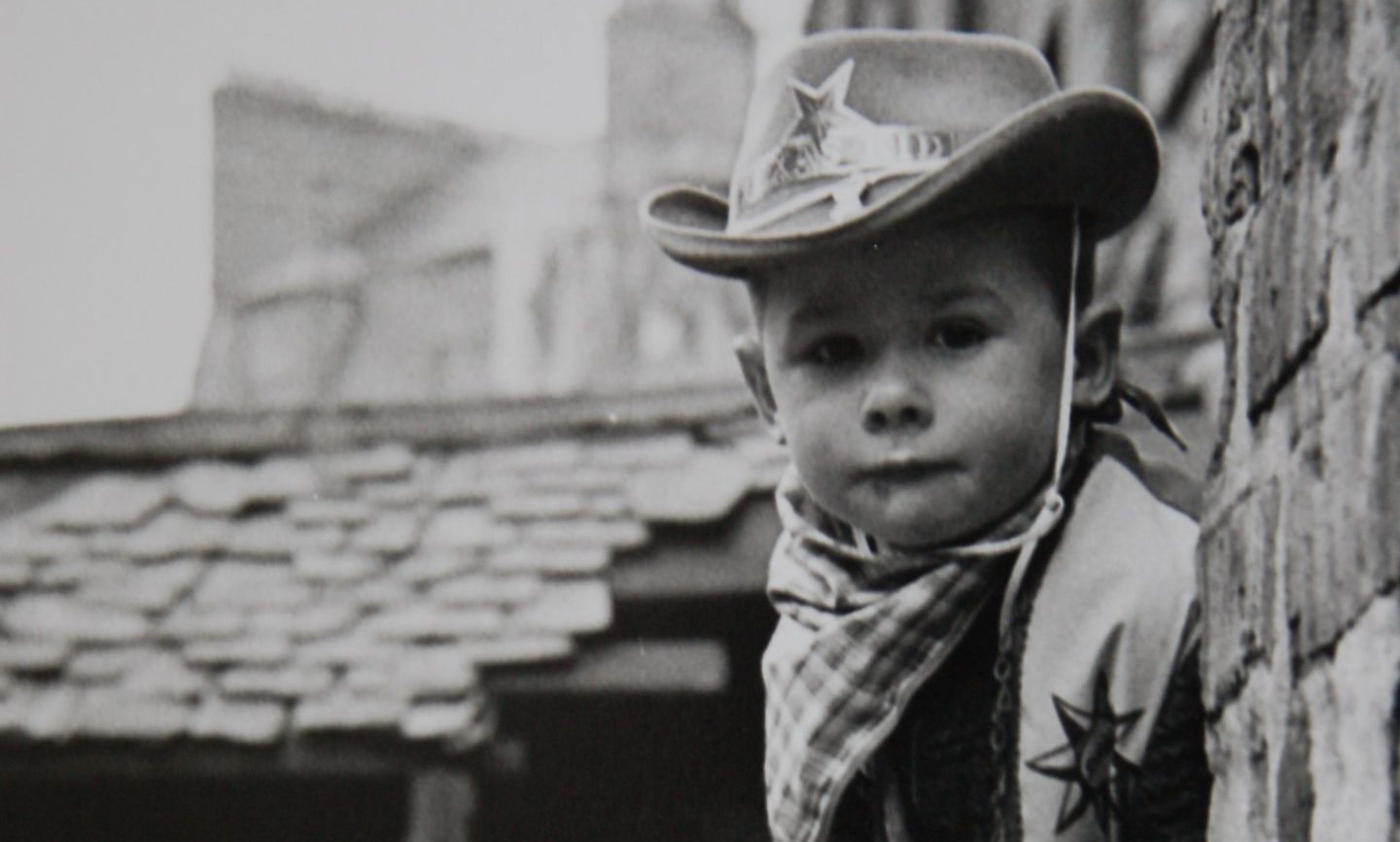
Dundee photographer Alex Coupar’s lifetime behind the lens has been captured in a new exhibition.
Coupar’s Camera depicts the rapid changes of the city over six decades and this retrospective highlights his work over those 60 years.
Vanished views, changed landscapes and departed characters are captured.
Alex was educated at Dens Road and Morgan Academy.
He always wanted to be a photographer.
Alex joined DC Thomson after leaving school in 1947.
One of his regular assignments was photographing royal visits.
Alex first photographed the Queen Mother when she visited the Lord Roberts Workshop in Dundee in 1953.
Later, on National Service, he was assigned to the RAF School of Photography to spend a productive two years as a publicity photographer.
He was able to follow the Queen Mother at events like the Royal Tournament.
His photograph appeared in every paper
Alex became known to his royal subject.
One photograph stood out.
Alex said: “I was sent to the location at the crack of dawn on a misty morning.
“She stopped halfway down the hill and I was kicked out of the Land Rover to ask what she wanted.
“She was admiring the view and we did a picture, with the mist around her.
“Forty years later, I got a call from the royal archives, which wanted to use the pictures.
“I went to the shop next day and nearly every newspaper on the stand was carrying the photo.”
When Alex set out as a photographer, jute mills dotted the Dundee skyline and the Fifies were still in daily use, transporting Dundonians across the Tay.
Trams ruled the roads and kept the city running.
Forgotten names like Downfield, Lochee West, Magdalen Green and Stannergate served the various railway branch lines that radiated from Dundee.
Department stores lined the city centre during the halcyon days of G. L. Wilson, Draffens, D. M. Brown and Smith Brothers.
Flying Scotsman was iconic image
The exhibition, at the University of Dundee’s Tower Building, reveals some of the many changes and developments recorded by Alex over the years.
Dundee’s landscape changed dramatically as multis rose.
Large numbers of high blocks were built in the 1960s, mostly on the outer edges of the
city but also in a few prominent inner slum-clearance areas.
He also photographed the start of the Tay Road Bridge construction in 1963.
Much of Dundee’s historic city centre vanished, including the Empress Ballroom where many young couples went dancing and shared their first kiss.
Among the photographs on display is the shot of the Flying Scotsman turning heads at Tay Bridge Station in May 1964.
The most famous locomotive in the world was making its maiden journey north of the Forth Rail Bridge and aroused a great deal of interest.
Queen’s College, Dundee, Railway and Transport Society organised the 1964 rail tour, which ran from Edinburgh to Aberdeen via Perth and back via Dundee.
Traffic was halted by the massed crowds.
Alex said: “I was The Courier’s unofficial railway correspondent at the time, reviewing books and writing wee articles.
“She signifies the best of British.
“Lots of people who knew about the trip came down to see it.
“The crowds in the picture speak for themselves.
“You could never get a crowd like that in Tay Bridge Station nowadays.
“No chance.”
Timex image nominated for world award
Alex photographed The Beatles at the Caird Hall in October 1964 where they performed two concerts, at 6.30pm and 8.45pm.
It was the last time they would come to Dundee.
Alex photographed a fire at the Timex factory in 1966.
He heard the fire engine sirens and followed them to the Milton of Craigie plant.
Smoke was everywhere.
This iconic image looked like one man was fighting the fire on his own and was nominated for the World Press Photo Competition.
It appeared in their display of winning pictures in The Hague.
Portraiture was a particular theme of Alex’s work.
Some of his portraits formed part of a weekly series called Faces of Dundee, which appeared in the People’s Journal.
Alex photographed the last ferry to make the Tay crossing in August 1966.
They did so in the shadow of the new road bridge that made them redundant.
The flag-decorated Scotscraig was escorted by the lifeboat Robert and passengers sang Auld Lang Syne and there was dancing on deck.
The Queen Mother opened the Tay Road Bridge.
Alex was there to witness the occasion.
Spending 30 years at Dundee Rep
He left DC Thomson and opened a photography studio and became a freelance.
Apart from taking photographs for news stories, Alex worked closely with Dundee Rep and photographed every production for 30 years.
He got involved when the company was housed in Foresters’ Hall.
The stars he photographed treading the boards over the years included Alan Cumming, Gregor Fisher, Jill Gascoigne and Joanna Lumley.
He loved his time working there.
One fundraising event at the Angus Hotel was unforgettable.
Alex took photographs when Billy Connolly hosted a William McGonagall Supper to raise funds for the new Dundee Rep Theatre in Tay Square.
The Big Yin’s original take on McGonagall predictably brought the house down.
At the end of the night Connolly sent an order over to the Deep Sea Restaurant to make up 100 chip butties that were delivered around midnight.
The Big Yin was still holding court as the sun was coming up.
Alex Coupar chronicled the faces and places of Dundee
Alex was frequently commissioned by architects to photograph their buildings, including supermarkets, retail centres and housing developments.
He often worked for the city’s Caledon shipyard, which was the manufacturing heartbeat of Dundee before the gates finally closed in 1981.
Alex watched the Dundee landscape shift and change throughout the decades.
He said: “I photographed the huge swimming pool at the waterfront being built and demolished.
“I also watched Margaret Thatcher open the Hilton at the waterfront.”
He closed his studio in 2000 and donated his extensive body of work to the University of Dundee Archive Services, which is displaying more than 100 of his photographs.
Coupar’s Camera is a collaboration with the University of Dundee Museums.
Alex is among the visitors who have attended the exhibition and he was “taken aback” when he walked in and saw all his photographs on display.
It can be seen in the Lamb Gallery on the first floor of the Tower Building from Monday to Saturday, with free admission, until November 2.
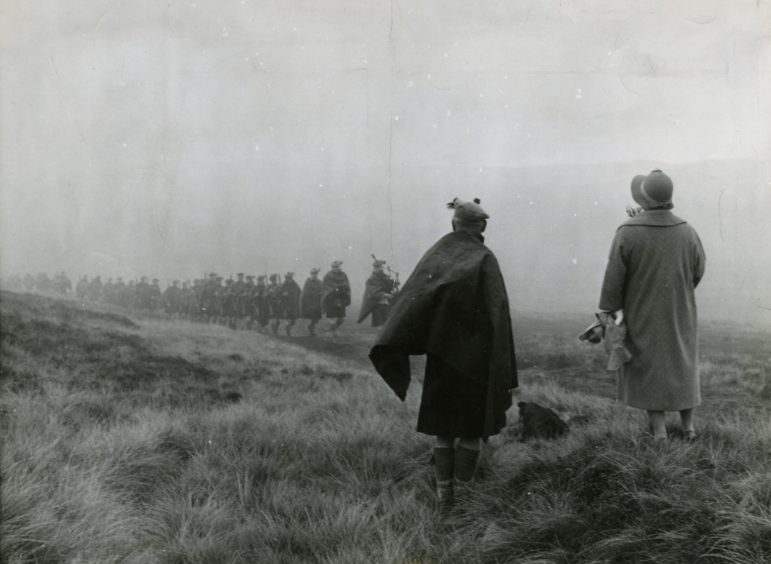
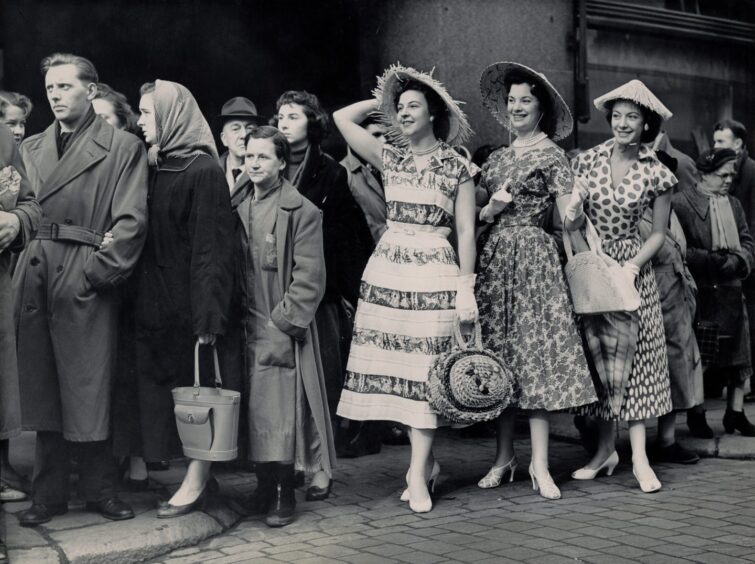
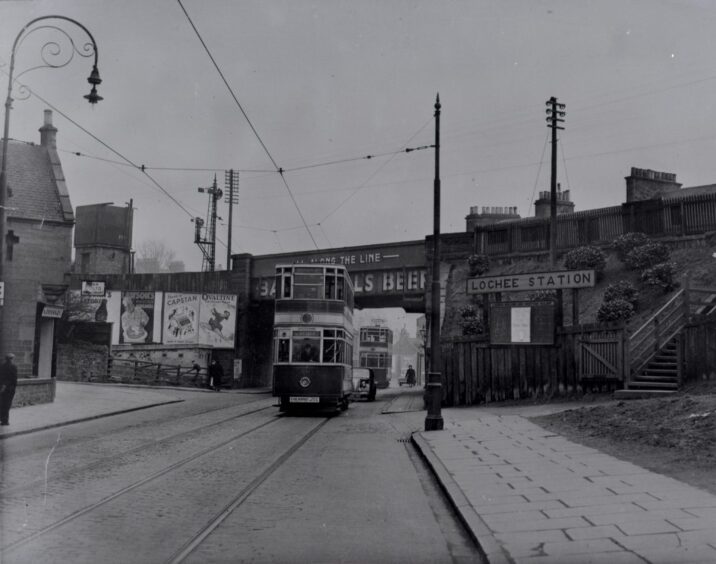
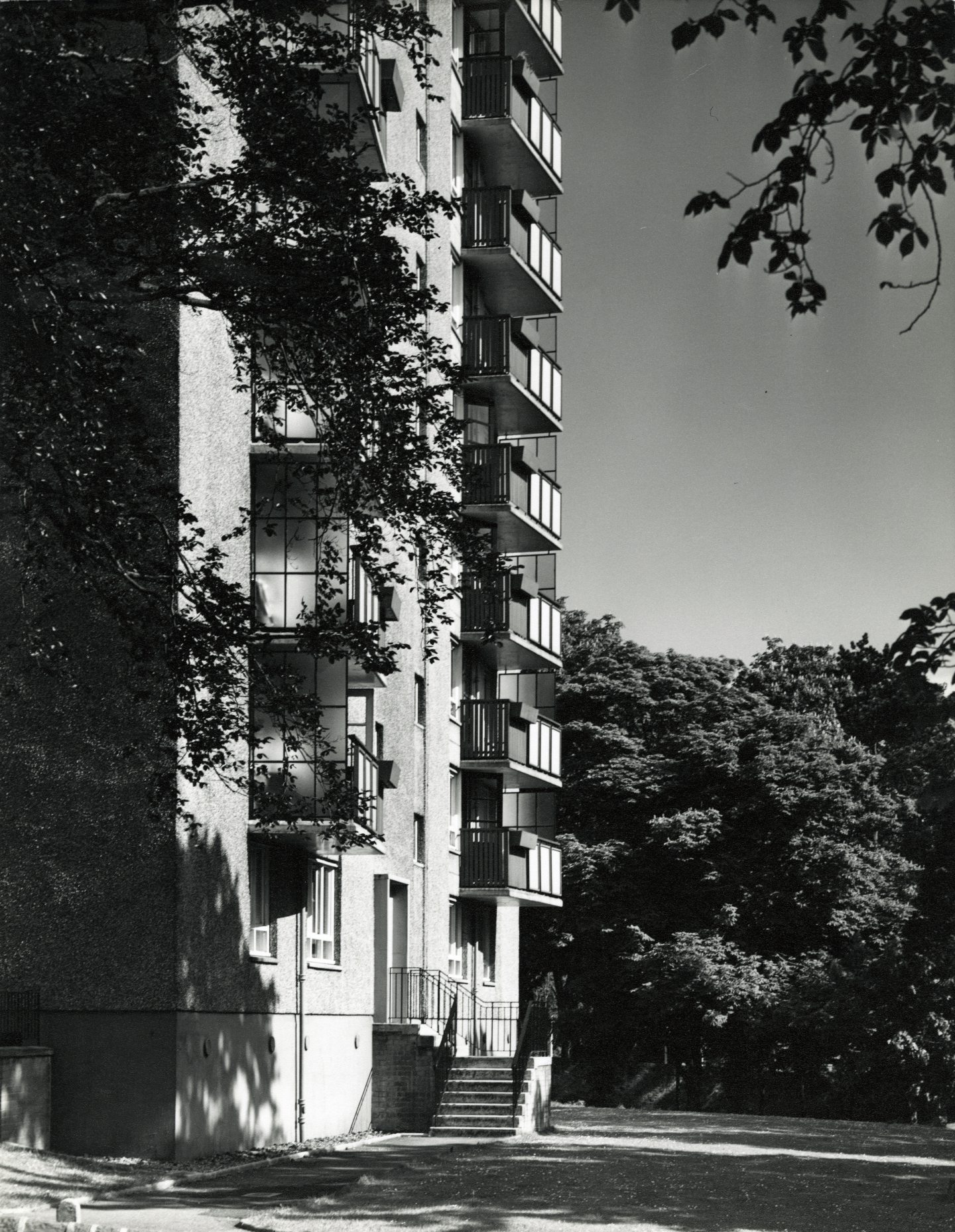
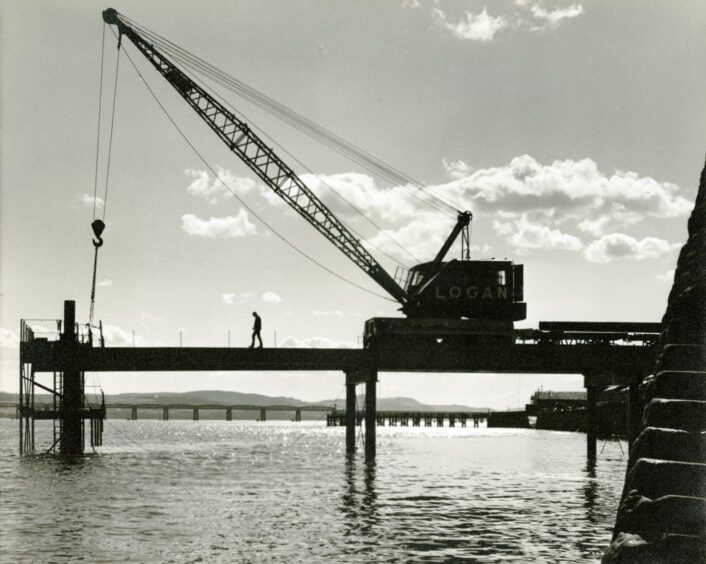
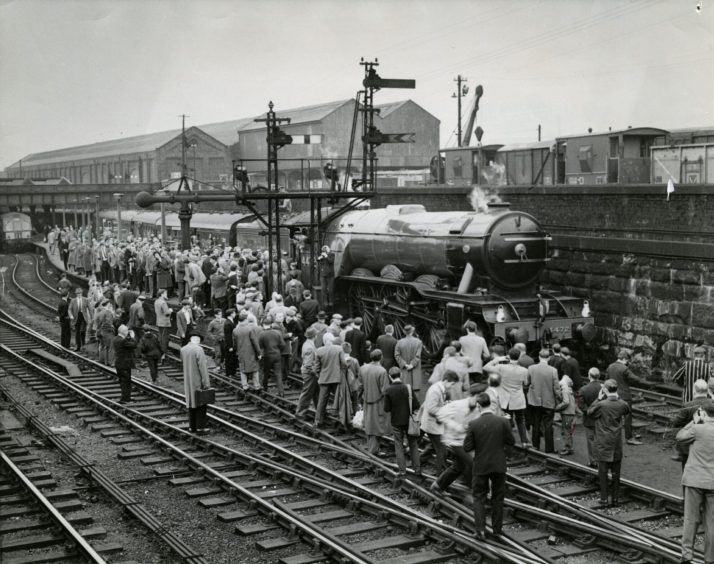
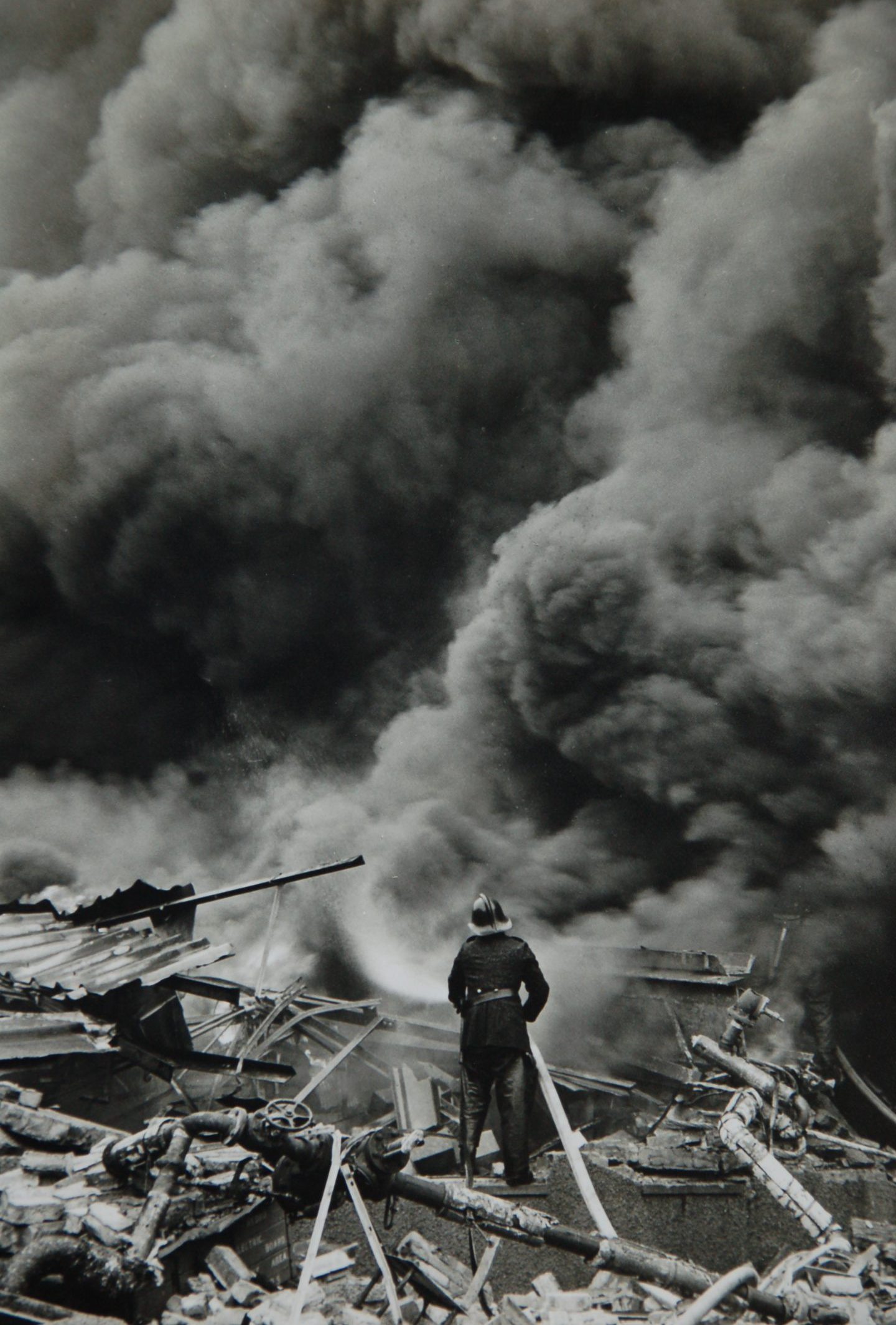
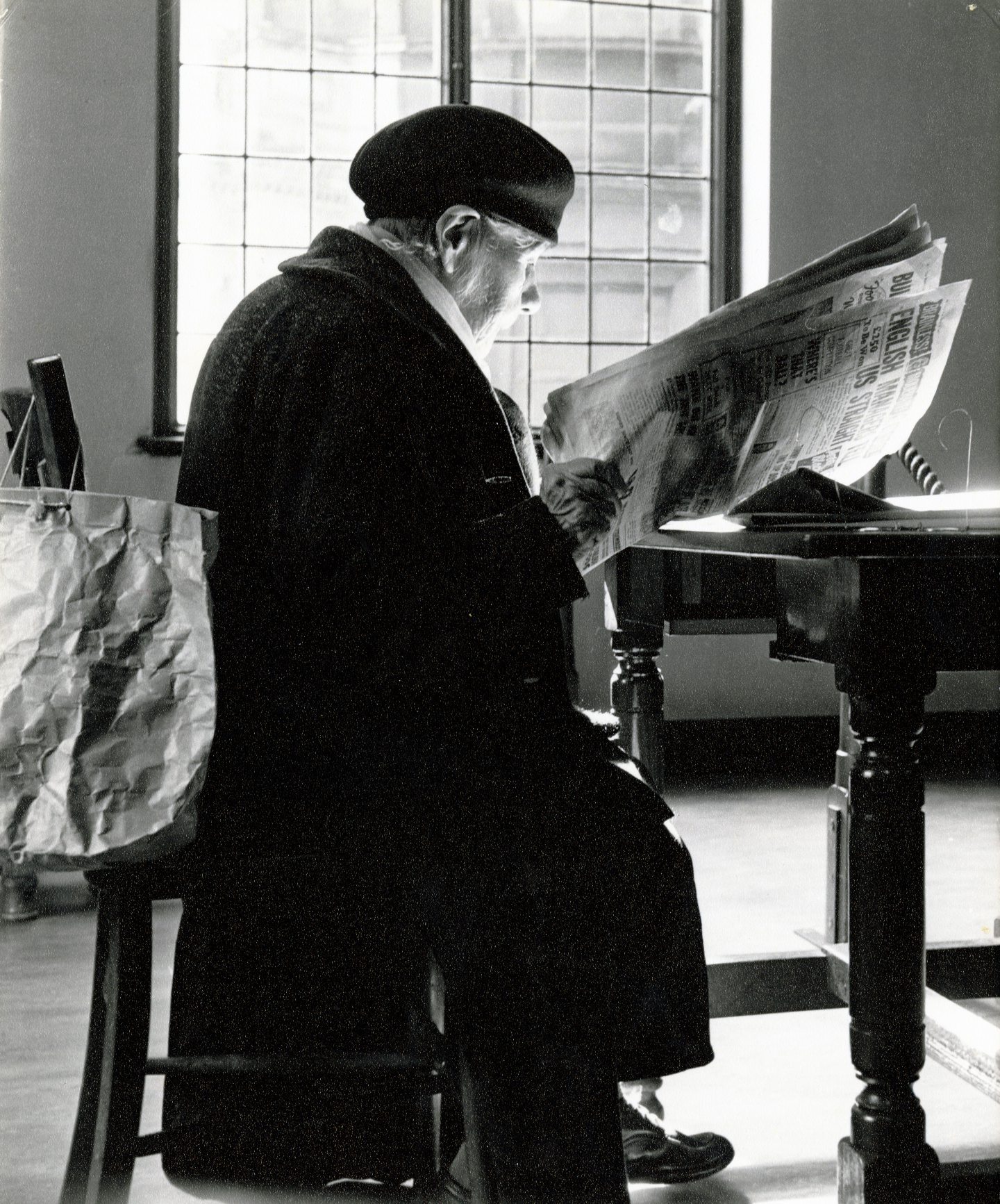
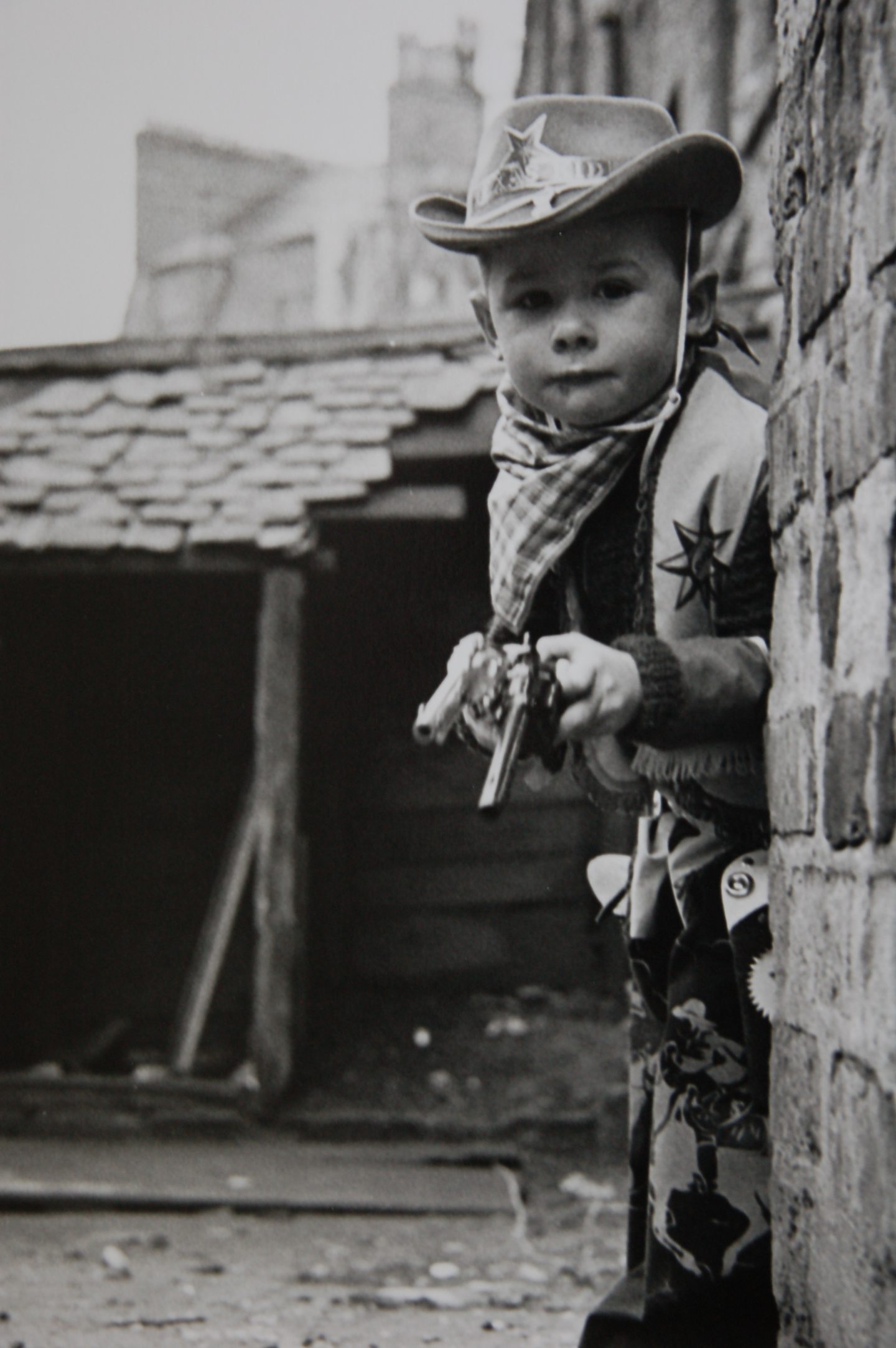
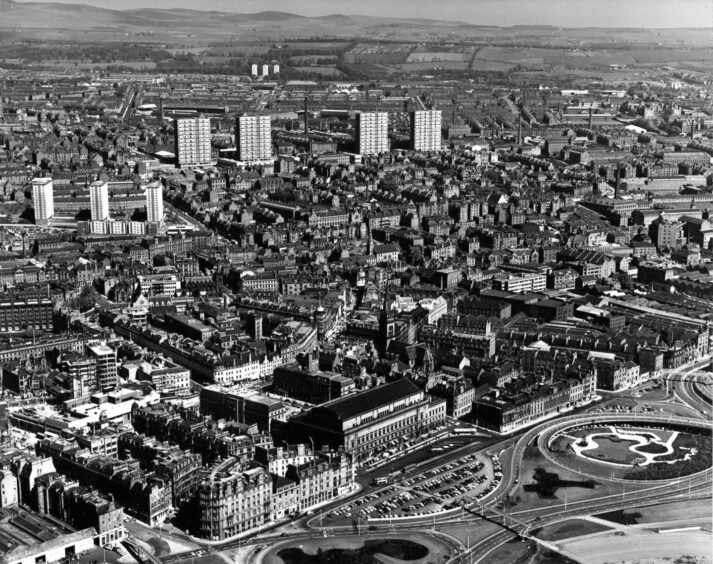
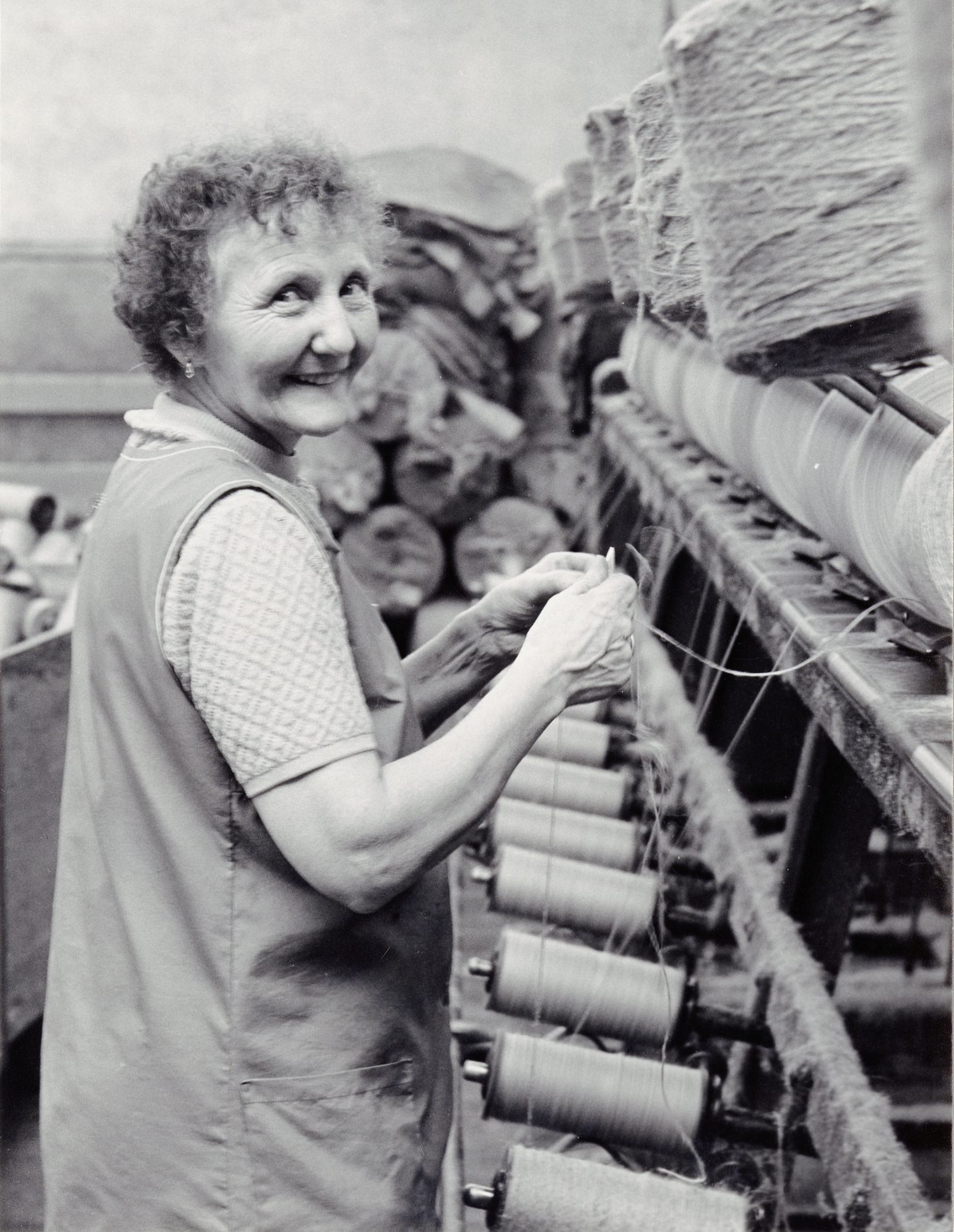
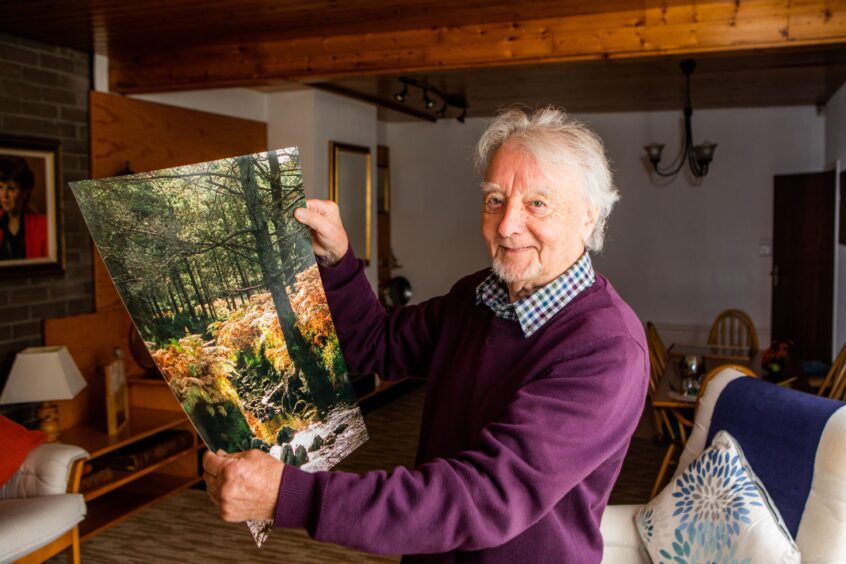
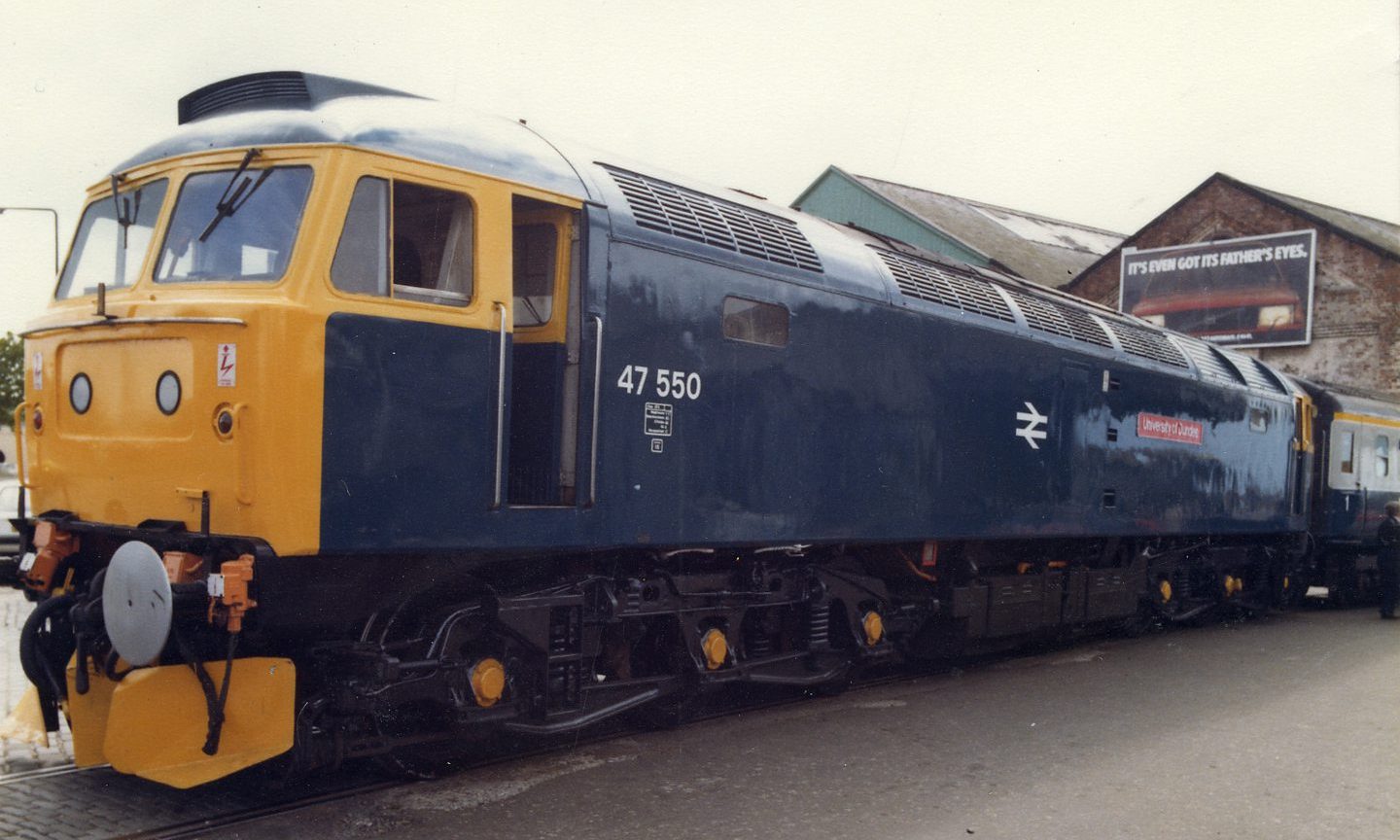
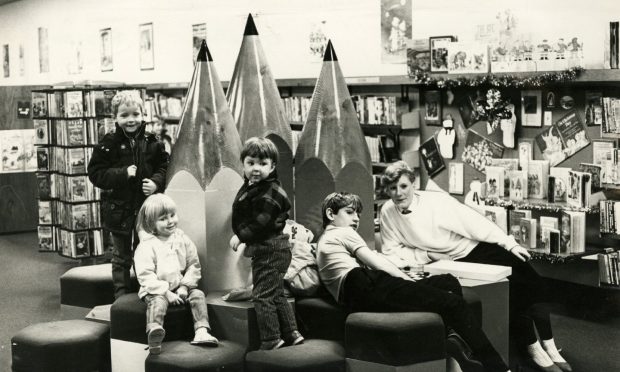
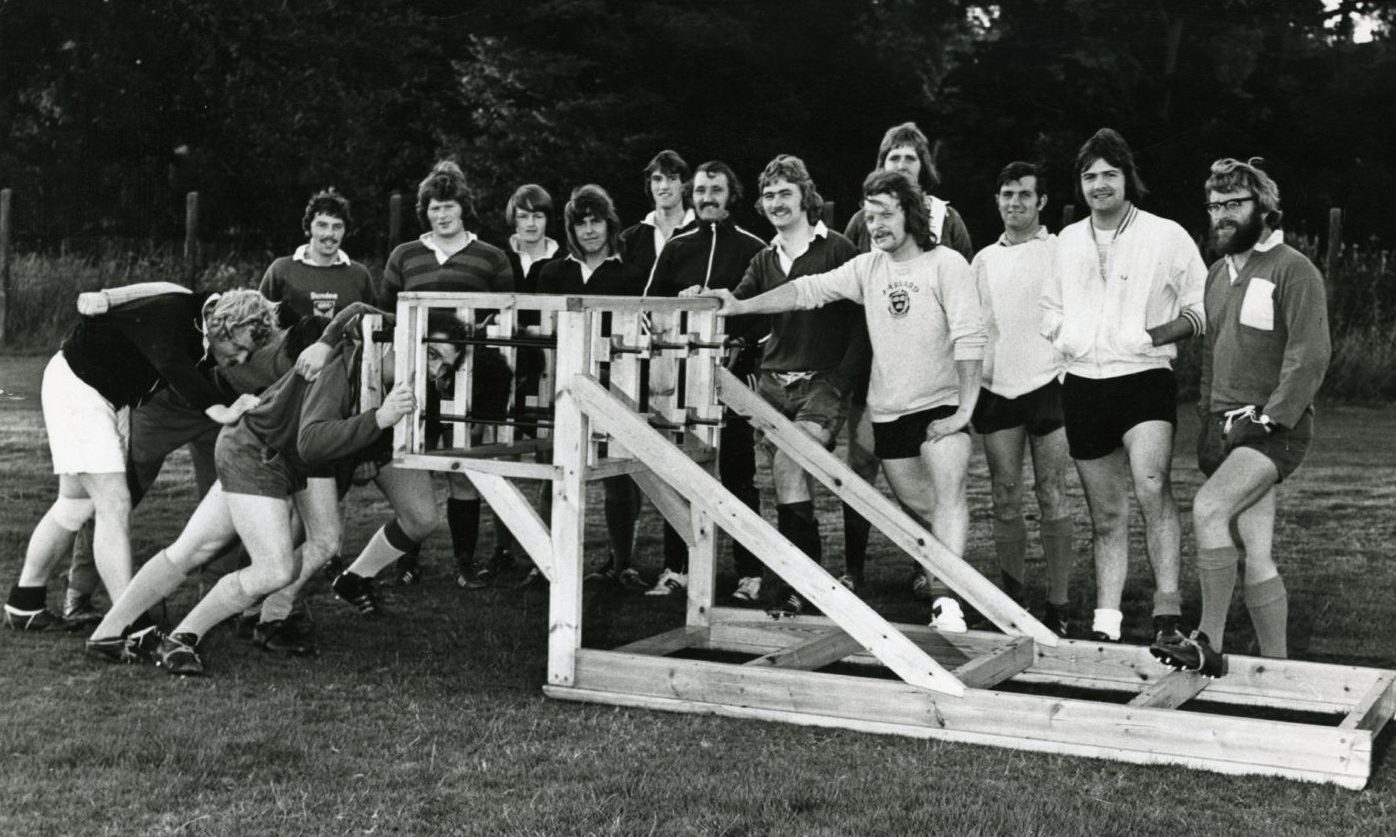
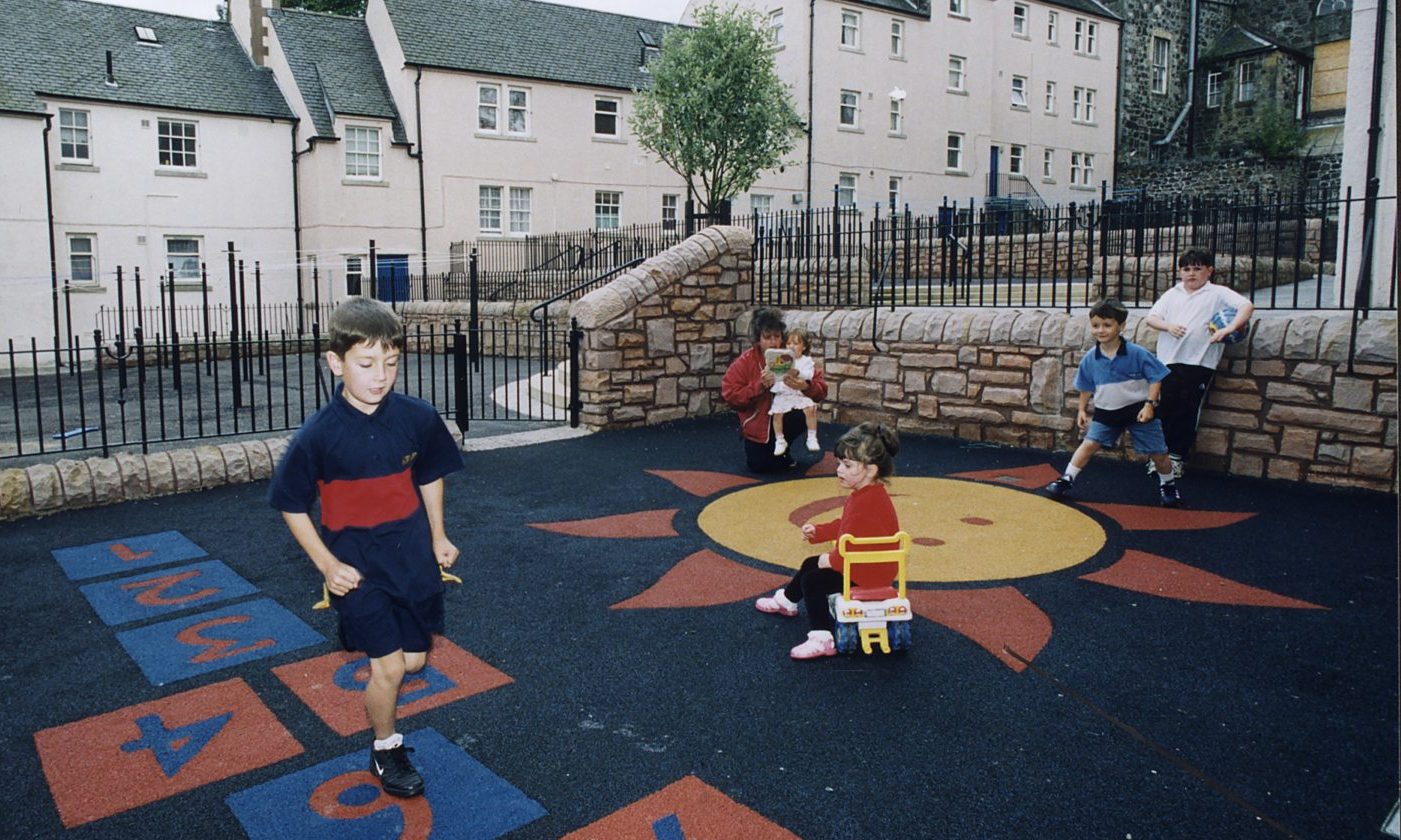
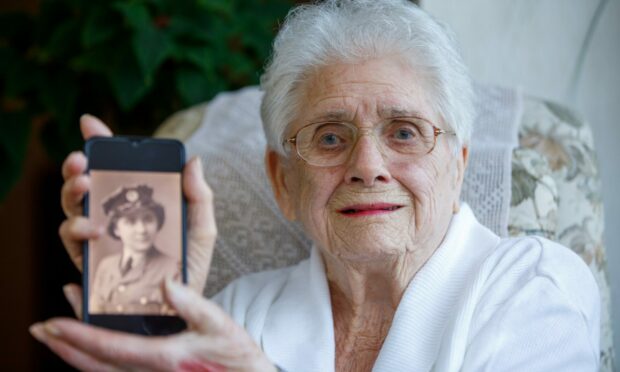
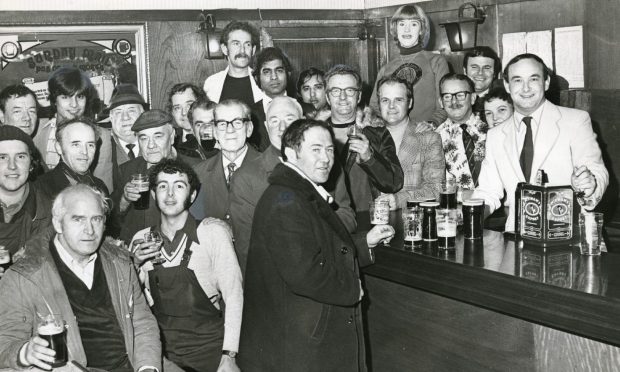
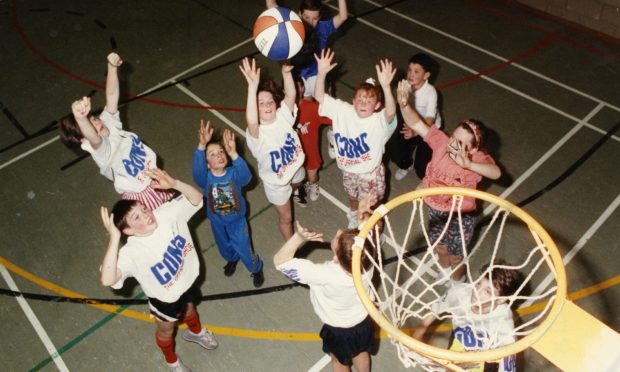
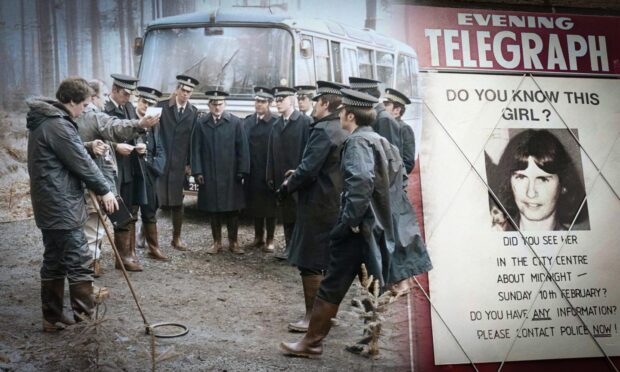
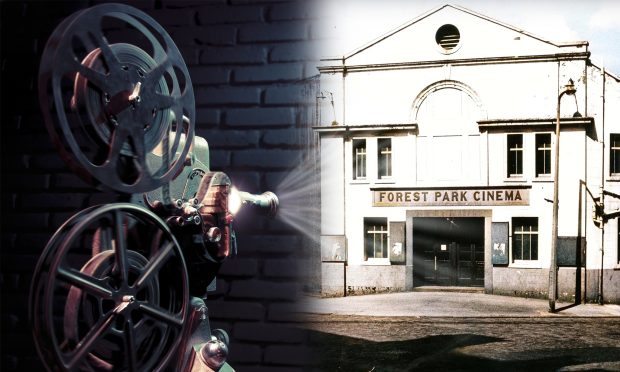
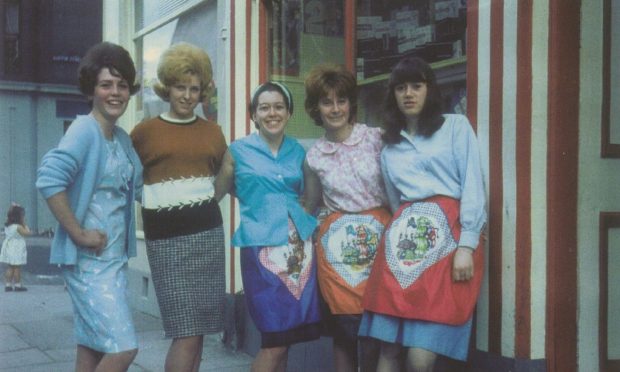
Conversation